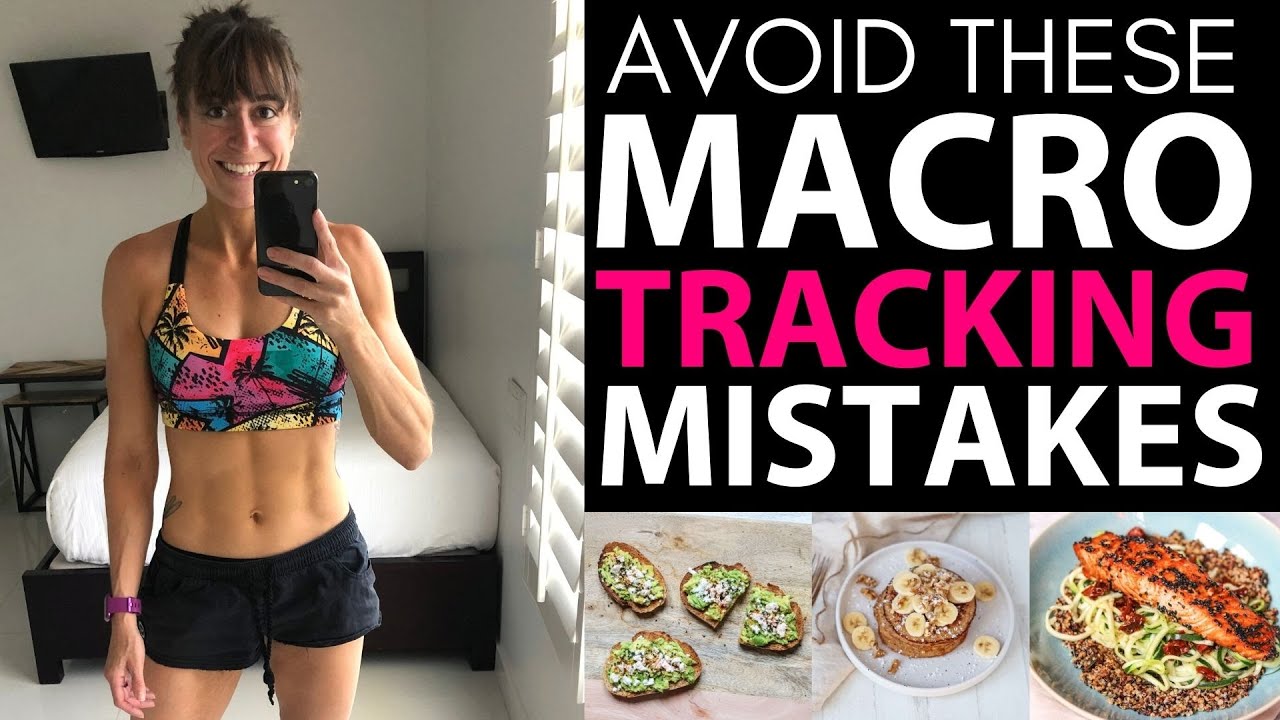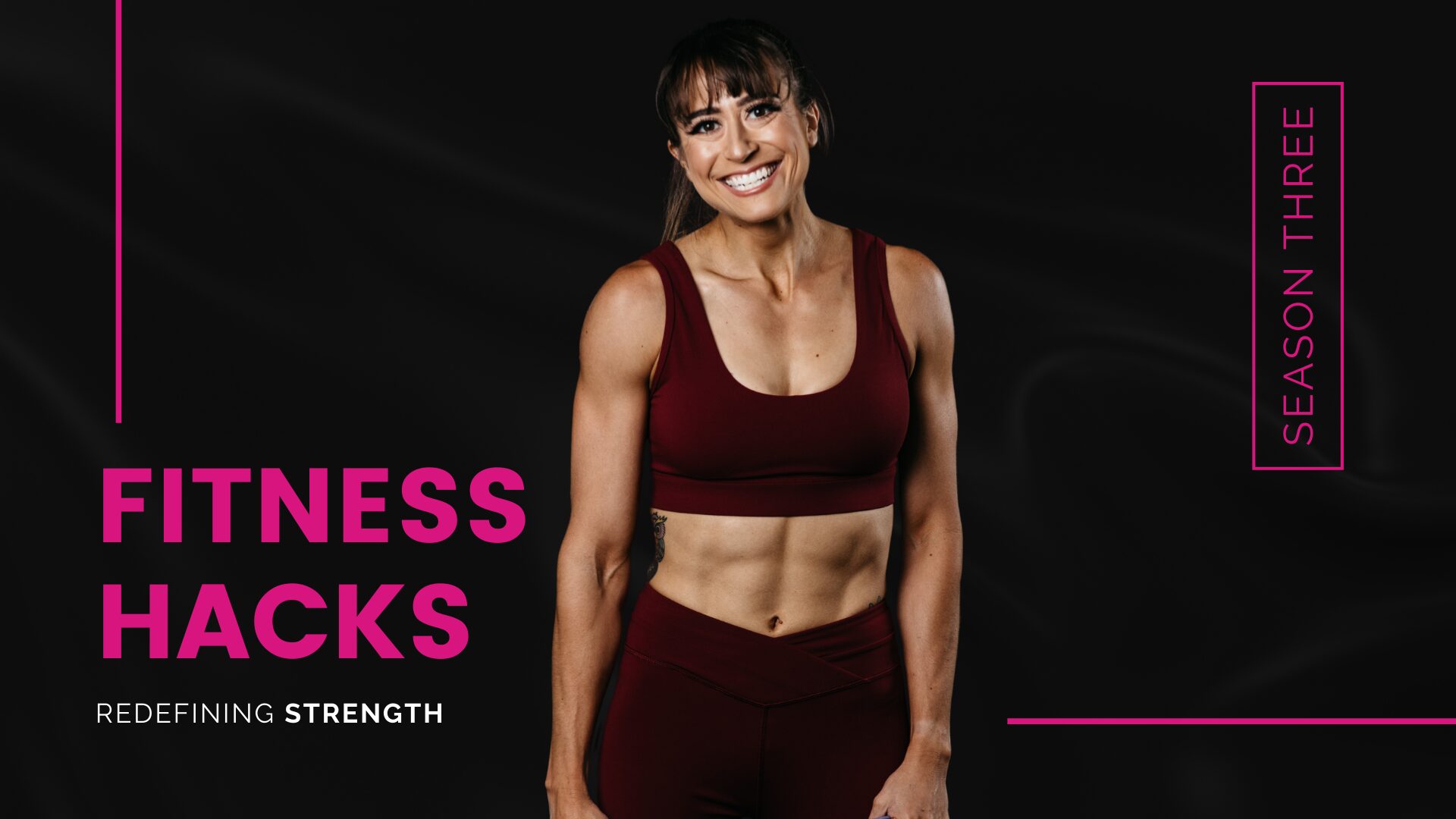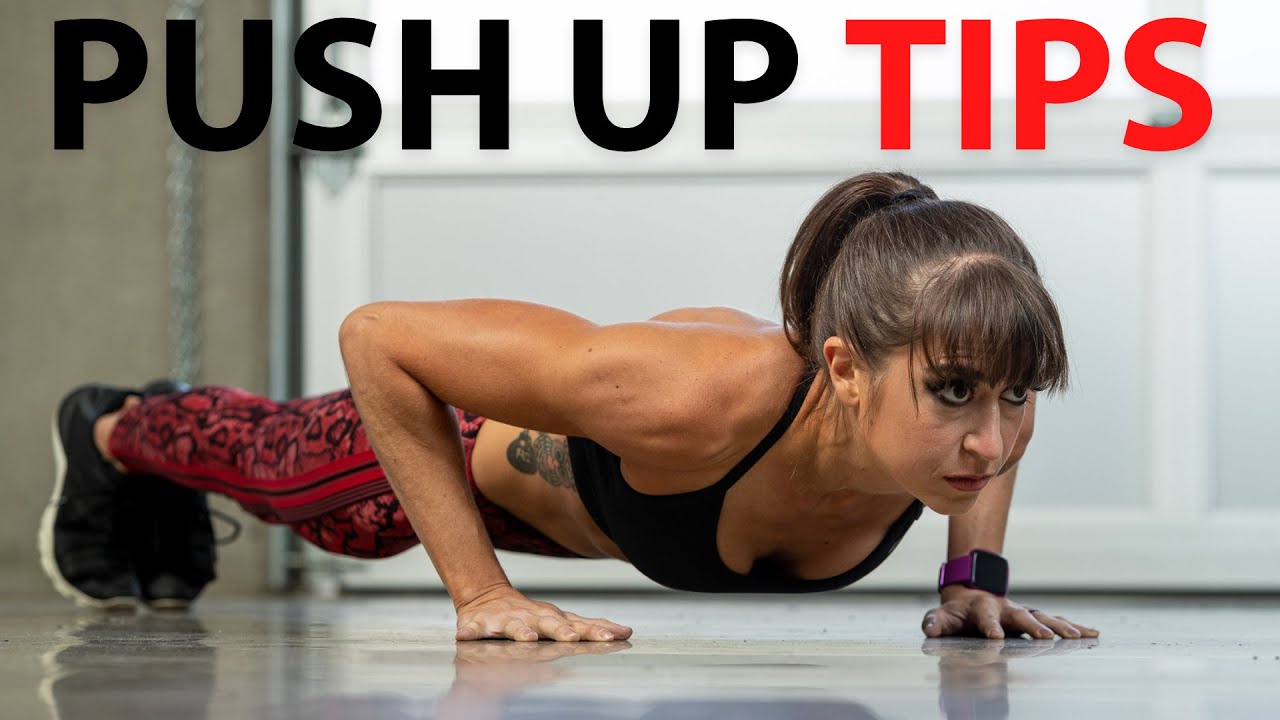
Macro Tracking For Beginners – 3 Macro Tracking Mistakes
Counting or tracking macros is overwhelming. It’s intimidating. It’s hard. It’s annoying. It’s boring. It’s tedious.
It’s really sucky to start.
But it’s also the best way to get results efficiently while learning how to create a sustainable lifestyle balance so you can adjust your nutrition even as your needs and goals change over time.
If you truly want to understand your own diet?
You need to start tracking macros.
Because I know it can be a super hard and frustrating change to make, I wanted to share 3 common mistakes I see people starting out making and what you should do instead.
But first a bit on what macros actually are and why tracking isn’t the restrictive thing we can often make it out to be.
So…what are macros?
Macros, or macronutrients, are the nutrients our body needs in large quantities they are proteins, carbs and fats.
How we dial in the portion of our calories that come from each nutrient can impact the results we get.
And we may adjust the ratios we use as our needs and goals change over our life.
Working to lose fat? You may use one ratio.
Working to build muscle? You may change ratios.
Dealing with menopause? You may select a different macro breakdown.
Working to fuel your workouts to train hard for your endurance sport? You may even adjust your macro ratios over the course of your training as your training intensifies.
The point is, when you understand macros, you can make sure you’re fueling correctly for your specific needs and goals even as they change over time!
Now…What about tracking being super restrictive and obsessive?
The simple fact is…What you measure, you can manage.
If you don’t have a clear picture of what you’re consuming, you don’t know what you need to change.
It’s why we can feel like we’re eating super “healthy” yet not seeing the physical or performance results we want!
If you were training for a race, you wouldn’t randomly run or ride what you “felt like” that day. You’d have your mileage for the week, and even month, planned out so you knew how you were going to progress. And you’d track how each run went to make sure you were progressing the way you wanted.
Why wouldn’t you want to give yourself the same data to adjust your fueling?
I think so often we feel that tracking is restrictive because we’ve only used it to count calories for restrictive weight loss diets that left us feeling like we had to cut everything out and be miserably hungry.
But tracking itself is not restrictive. Your tracker isn’t judging. It’s just giving you a picture of what you’re eating.
So stop judging yourself and realize the data is there to inform you and help you.
See it as the opportunity to better fuel your body and give it what it needs!
Of course if you do have an eating disorder you need to seek out professional help, but too often we simply use this as an excuse to not make the hard changes we need and truly invest in learning how to fuel better.
So if you’re ready to get started tracking macros, here are the 3 mistakes to avoid and what you should be doing instead!
Mistake #1: Not tweaking what you’re currently doing.
When we are motivated, we often go to extremes in an attempt to get the best results as fast as possible.
But the second our motivation and willpower fades?
We are left with unsustainable habits and end up right back where we started.
That’s why it’s best to use that initial motivation and willpower to create sustainable habits, making small tweaks to what we are currently doing.
So before you even attempt to change anything in your diet and hit any specific macro ratios, just start by tracking.
Track what you are currently doing.
Don’t make any changes. Just see where you are at. You can then start to tweak from what you’re currently doing so that you don’t physically, or mentally, rebel against extreme adjustments.
Part of why we often fall off of tracking our macros is the struggle to hit ratios that are far different than what we are currently doing.
It’s such a dramatic change it can feel impossible.
So if we instead start tracking our current diet, we can begin to make adjustments that dial everything in without feeling crazy restrictive or impossibly frustrating!
You’ll be surprised by how even simply being accountable you start to see results. Not to mention how eye opening it really is to see the breakdown of the foods you’re consuming.
Mistake #2: Not putting protein first.
The more changes we try to make at once, the more overwhelming an already complicated process can be.
Often we dive in, not only shooting for a macro breakdown far different from what we are currently consuming, but we ultimately have to adjust EVERYTHING in our diet all at once.
And that can feel impossible.
So when we can’t hit the ratio, we give up.
Instead of shooting for hitting a ratio perfectly where you have to adjust every macro at once, focus on one thing at a time.
Often the macronutrient we most need to focus on is PROTEIN.
Whether you’re plant-based, omnivore or straight carnivore, protein is often the macro we tend to under utilize in our diet.
Let’s face it, carbs and fats often taste better and make up the foods we love.
But protein is key whether we want to lose weight while retaining lean muscle, build muscle, recover faster or even age well.
It becomes increasingly important too as we get older as we become less able to utilize protein as efficiently not to mention we have a harder time building and retaining lean muscle.
So focus on hitting your protein amount FIRST. Let your carbs and fats fall wherever feels best to start.
You can then start tweaking those other macros based on your training and goals.
And by starting with protein, you can see great aesthetic changes.
You’ll find it a much easier process to get lean while feeling fueled if protein is your focus to start!
Mistake #3: Not tracking everything!
Measuring and tracking everything is tedious to start. But it’s the best way to really understand your portion sizes and the true breakdown of the foods you’re eating.
Plus, let’s face it, often we don’t want to track because we don’t want something to count.
But guess what?
Even if you don’t log it, you still ate it.
And it’s going to impact the results you get.
So while you may get more lax in your tracking over time, start by logging EVERYTHING so you know how it all impacts you and your results.
Little things do add up. It may only be a cracker here or a little taste of something there, but those calories add up more quickly than we realize, not to mention change the actual macro breakdown we end up consuming.
And it’s not just only the day that it changes. Often we don’t recognize how those little snacks and bites daily add up over the weeks and months.
So LOG EVERYTHING.
It makes you much more aware of some of the unconscious eating we do or the eating out of boredom.
Remember, what you measure, you can manage!
We can’t adjust if we don’t have an accurate picture of what we’re actually doing.
So give yourself that true data to make changes!
SUMMARY:
Creating a new lifestyle and making lasting changes isn’t always easy or comfortable.
Those fad diets that promise a fast and easy fix don’t work for a reason.
If you want to truly create a sustainable lifestyle and understand how to adjust your diet even as your needs and goals change, you need to start tracking your macros.
It may be boring and tedious and frustrating to start, but it’s far less frustrating than spinning your wheels working hard not to see the results you truly want!
Dial in your diet and your workouts to work together based on what is realistic and sustainable for you…




